The content of the article
This guest from Africa only recently began his victorious march on the windowsills of our country. The owners of Zamioculcas often confuse it with an ordinary indoor plant, not realizing that succulent can be just that - with juicy green leaves, without thorns and matte plaque.
This is the most common mistake of almost all gardeners. They look after him as if they were habitual indoor flowers, not knowing that care should be almost like a cactus.
And then begins in a conversation with like-minded people: “I can’t imagine why the leaves of Zamioculcas turn yellow. What to do?"
Today we will tell you the causes of the problem and methods for resolving them.
Overflow
This is the most common cause of yellowing of the leaves of Zamioculcus. If a plant is received as a gift or bought with a closed root system, few people realize that there is a tuber in the soil. It is he who accumulates water, gradually giving it to the leaves in dry times.
How does it usually happen? The owners see the dried earth in a pot, rushing to add water. The tuber absorbs liquid, the soil dries again. Florists moisten the soil again. The tuber absorbs it. And the leaves do not have time to use up. By the way, Zamioculcus has no branches and a stem. What beginners take for shoots is thick leaves of complex shape. But we will not go into the jungle of biology, we will continue our topic.
If you continue to care for a guest from Africa at a similar pace, then at one far from perfect moment the tuber begins to rot from an excess of moisture. Zamioculcas directs all forces and nutrition to restore the root system, taking them from the leaves. Hence the yellowing.
Signs Leaf lobes turn pale and yellow throughout the plant. Dark wet spots appear on the petioles.
What to do. Pull the plant out of the pot and carefully inspect the tuber. All rotting places, as well as soft, with an unpleasant odor, must be cut with a sharp knife or blade. Wounds should be sprinkled with crushed activated charcoal or burn with usual medical green stuff. Then they are slightly dried in air, and plant zamioculcas in a new soil. The yellowed leaves do not touch, they will still serve the plant for the good.
In the future, in order to prevent such a problem, you need to properly water your pet. Another watering place is arranged when the soil in the pot is completely dry, plus another 3 days. And do not forget about quality drainage. Zamioculcas does not tolerate swimming in a swamp from water and land.
Or every day, a little bit of water is added if the room is too hot and excessively dry. It is better to spray the plant more often at night. It will be a complete imitation of natural conditions. As if the dew had fallen with the difference in day and night temperatures.
Tip. How to determine that it is time to water Zamioculcas? Wooden stick. They stick it to the bottom of the pot. After 12-14 minutes they pull out, look at the level of humidity and issue a verdict - there will be a watering today or too early.
Natural aging
Zamioculcas is so attractive in appearance that many try to get it for themselves. However, almost no one knows one interesting feature of this plant. On one handle there can be no more than 17 plates at a time. Therefore, as the young leaf lobes grow, the old ones gradually turn yellow and die.
Naturally, over time, Zamioculcas loses its beauty a little. The lower parts of the petioles are exposed, and at the top is a neat fan of leaf plates. But do not puzzle over the loss of decorativeness, because this comrade is growing very slowly.
Signs One, two lower plates of a leaf turn yellow. New shoots appear.
What to do. Nothing. Buy yourself a present for competently caring for your pet. He grows and develops in accordance with the norm, does not express his dissatisfaction? So you are doing everything right.
Drought
Another reason for the yellowing of the leaves of Zamioculcus. It arises from excessive awareness and blind adherence to stereotypes. The owners are well aware that they are growing succulents. And they completely stop caring about regular watering. A guest from Africa understands that hard times have come and it is time to activate the water-saving system. That is, it dumps the entire aerial part. Perhaps then it will grow back when the rainy season comes.
Florists are panicking and frantically looking for the cause of what is happening. Just do not go far. If zamioculcas can easily tolerate arid conditions of detention for a long time, this does not mean that it can do without water at all.
Signs Leaf plates turn yellow sharply throughout the plant. Then they quickly dry up and die off.
What to do. Cast your pet immediately! True, you should not immediately settle him in a swamp slush. To start, just moisten the soil slightly. After a few hours, the procedure is repeated. During this time, thin nourishing roots come to life and begin to work actively.
So repeat 3 times, then wait for the soil to dry. Then they begin to water Zamioculcas in the mode described above. If you immediately pour a large amount of water into the pot after a long drying time, then the tuber may simply not cope with such an amount of moisture at the same time. There is a high probability of the beginning of putrefactive processes.
Tip. Do not dispose of Zamioculcas tuber after dying off the aerial parts. The plant can still be fully revived by competent watering and proper care.
Pests
In our climate, there are almost no insects that are interested in a thick waxy coating on the leaves of Zamioculcus. But, there are comrades who are absolutely illegible in food. Don’t feed them bread, let them suck juice from any green shoot. These are aphids, spider mites and scale insects. They do not care where the plant comes from. Settled at astronomical speed.
Signs Yellow dots appear on the leaves, which then grow into spots. Holes and cobwebs may sometimes appear on the underside of the plate. There, most often there is the largest congestion of uninvited guests.
What to do. Since Zamioculcas does not have a cannon on leaves, it is very easy to deal with the invasion of pests. You will need:
- laundry soap
- soft cloth
- clean warm water
- thick film or kitchen foil
The list is small, found in every home. And it works 100% against most pests.
Procedure:
- The soil in the pot is covered with foil or polyethylene.
- A cloth is soaped and thoroughly washed off the leaf plates of all insects.
- After washed zamiokulkas clean water.
As you can see, everything is very simple and fast. But the leaves will no longer turn yellow and die. For those who do not want to bother with soaping, we recommend using any systemic insecticide. Of course, only strictly according to the instructions and recommendations of the manufacturer on the packaging.
Here we intentionally do not give the exact dosage or frequency of treatments, because each drug has different ones.
Sunburn or frostbite
Despite the fact that Zamioculcas comes from the arid regions of the black continent, it is difficult to tolerate prolonged exposure to direct sunlight. The plant must certainly be shaded, otherwise problems will arise.
Signs Yellow ragged irregular spots appear on the leaf plates, which then grow.
What to do. Immediately rearrange the pot with zamioculcas to a more suitable place.Or shade it from direct sunlight with white paper, a thin curtain. The plates themselves do not break off, but are sprayed with a solution of any adaptogen. It can be epin, aloe juice, zircon. This procedure will help the plant recover faster.
The frostbite of healthy tissue has a similar sign. This happens with owners who like to ventilate southern plants in winter with an open window.
Rescue measures are absolutely identical to the previous ones. The leaves are not touched, the plant is sprayed and no longer popped under the draft from the window leaf.
Useful Tips
When treating tuber slices with charcoal, add a little dry root stimulant to the powder. This will help zamiokulkasu quickly grow young roots instead of rotten.
Slow yellowing, and then completely discoloration of all leaf lobes suggests that your pet is sorely lacking in light. Or elementary nutrition. Try to eliminate these two factors, perhaps the problem will be solved by small forces. First, provide the plant with a sufficient amount of bright diffused lighting, and then feed it with a weak solution of any mineral complex fertilizer. If the pigmentation of the leaves begins to recover, then you did everything right. If the plates continue to slowly turn yellow further, then look for the problem for other reasons.
It happens that the owners of Zamioculcas are ardent opponents of the use of chemistry for their home flowers, and are categorically against mineral fertilizers. And what prevents the use of organic in reasonable doses? Most plants respond gratefully to liquid green dressing or mullein. Just do not overdo it. An excess of nitrogen causes the appearance of a yellow border on the leaf lobes, which becomes watery and loose.
Nowhere to take organics? Well, what kind of florist are you? Do you think that plants can only survive on your tap water alone? Distribute pots of sad pets into good hands immediately and never engage in indoor flowers again.
Now you know why the leaves of Zamioculcas turn yellow. What to do? - we told you. It remains only to support the guest from the arid regions in competent Spartan conditions. And you will have joy with a beautiful plant.
Video: Zamioculcus care


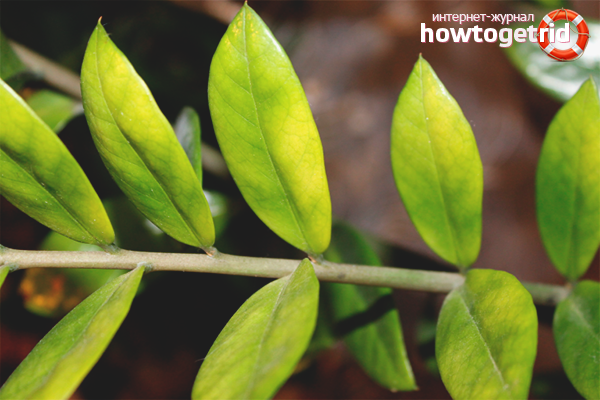
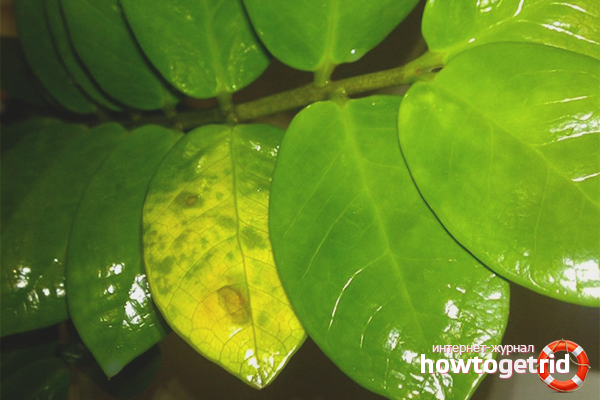
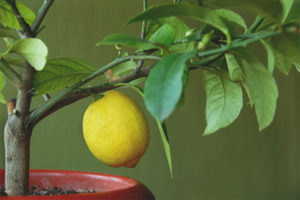
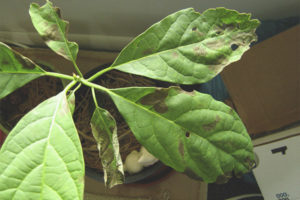
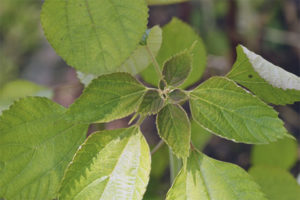

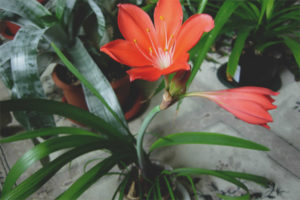

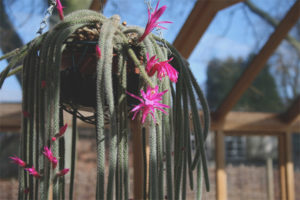
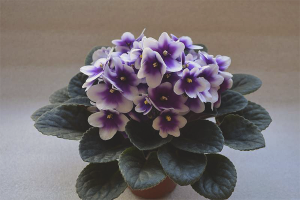
Submit